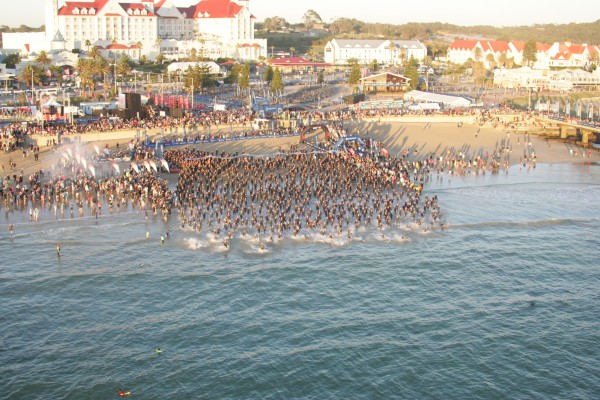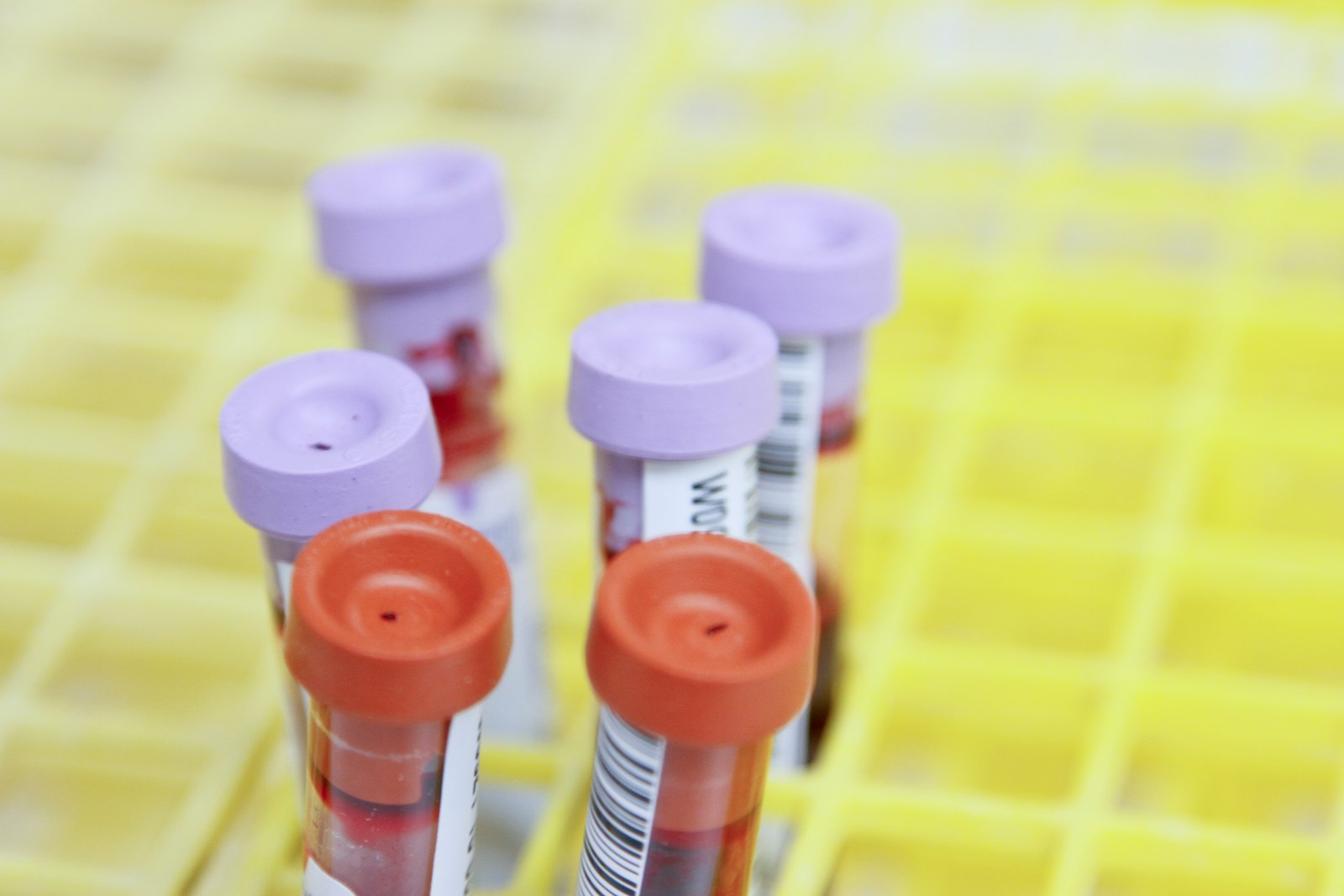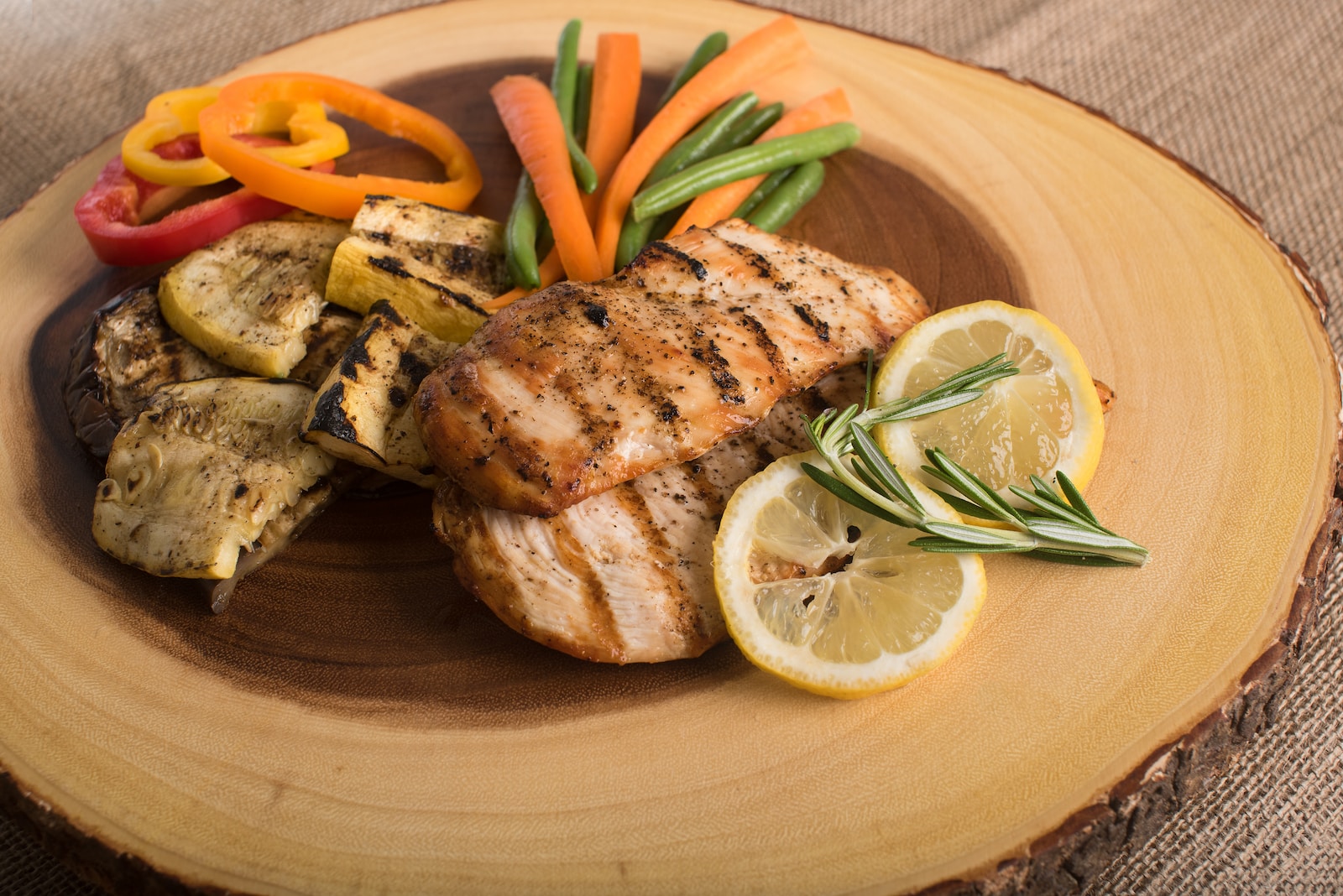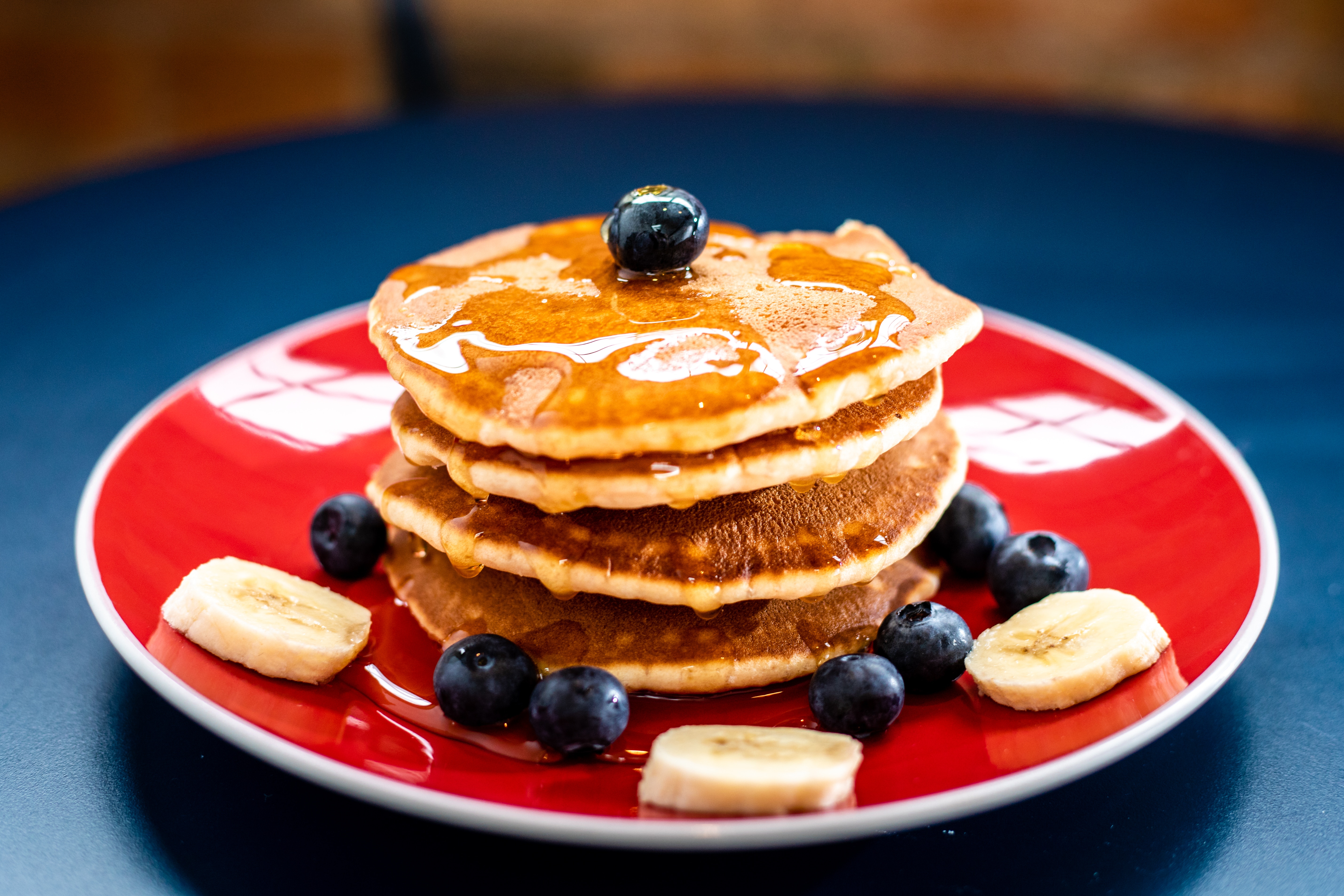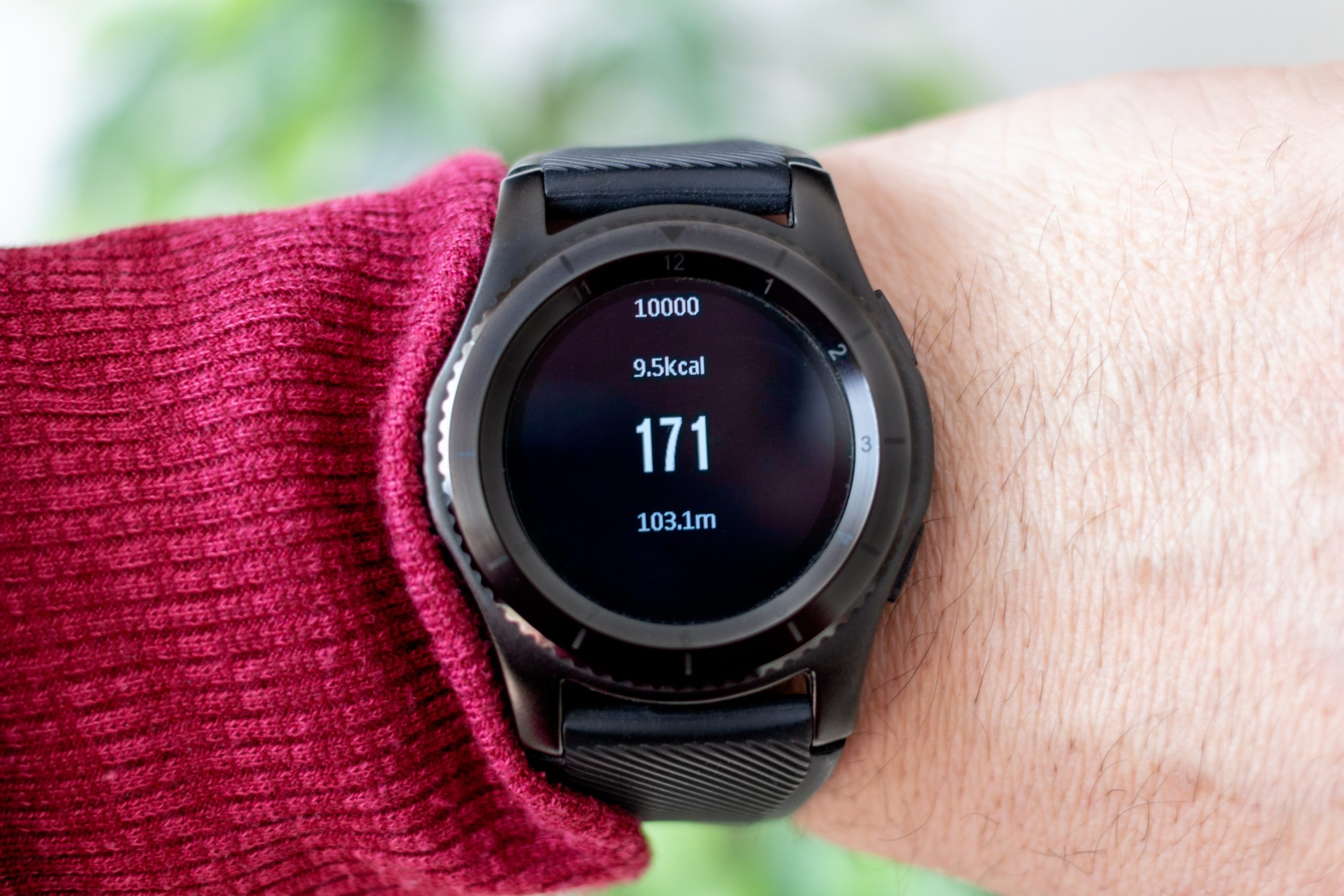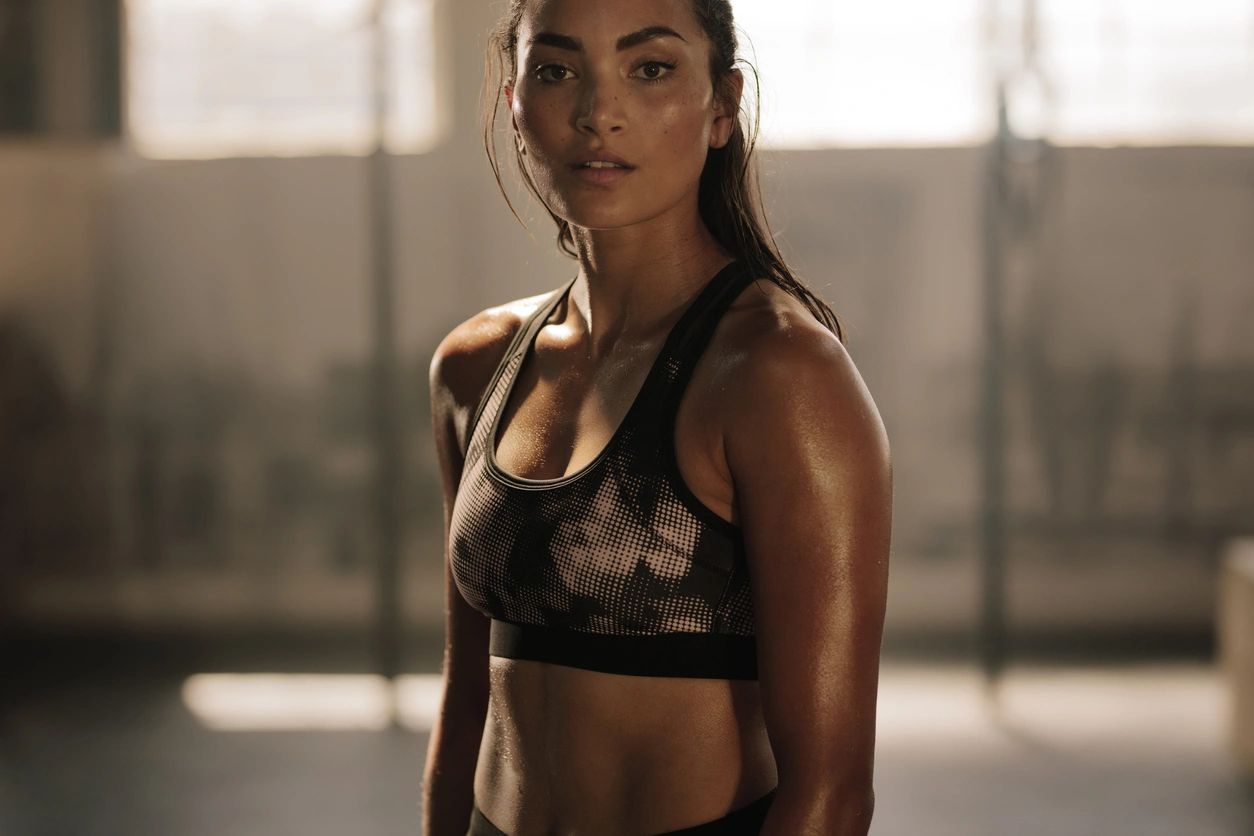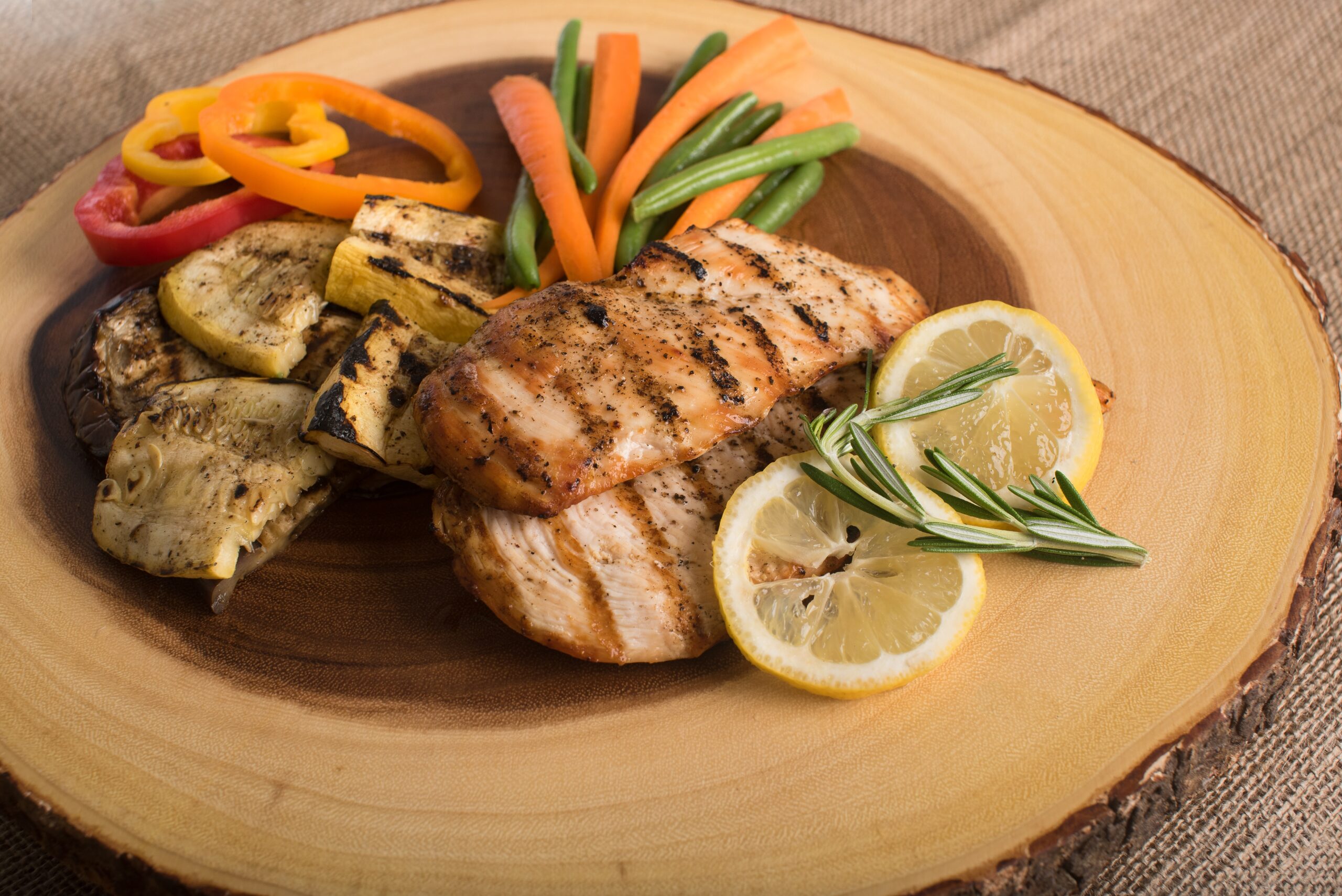The Triathlete’s Guide to Healthier Hair
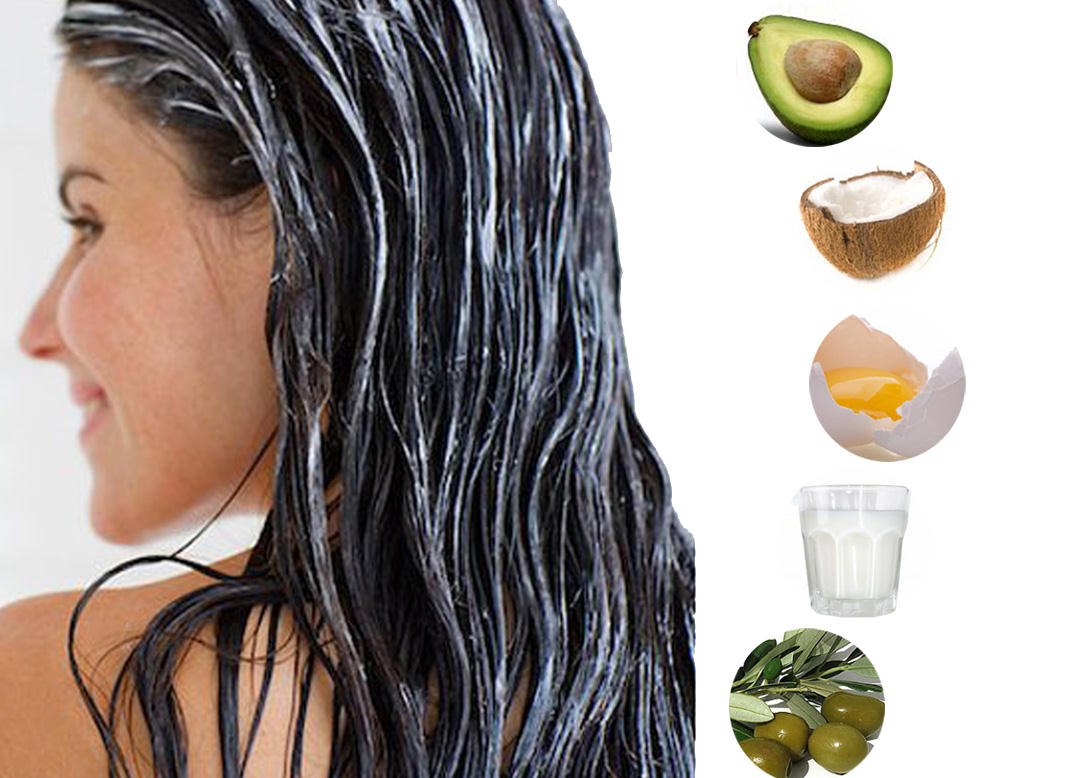
The Triathlete’s Guide to Healthier Hair
Triathletes, as a general rule, train hard, eat well, prioritize sleep and recovery, wear sunscreen, and stay hydrated. We take good care of our bodies, because we ask our bodies to work hard for us. But in the midst of a tough training season, there’s one thing even the most diligent athlete struggles to keep in shape: their hair.
The Triathlete’s Guide to Healthier Hair
As an athlete and endurance coach, I get lots of questions about how to protect hair from increased breakage, turning green, and looking dry and brittle. After all, a triathlete’s hair gets drenched in sweat daily, squeezed into a swim cap, submerged in chlorine 3-4 hours/week, then washed and blown dry. It’s taken me years to learn how to treat my long blond hair with the TLC it needs and deserves. Frankly, it’s a miracle I have any hair at all!
Before you go cutting off your beautiful hair to accommodate your active lifestyle, here are a few hair care and nutrition tips that might just save the day and the tresses.
Swimmers take your mark:
For the triathlete who spends quality time submerged in chlorine-infested water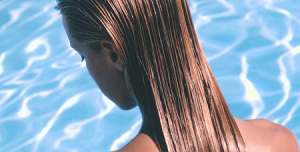 s, there is hope! Chlorine, left to its own devices, will leave your hair dry, brittle, and unruly—that means you, too, gentlemen.
s, there is hope! Chlorine, left to its own devices, will leave your hair dry, brittle, and unruly—that means you, too, gentlemen.
- Before swimming, fully wet the hair with non-chlorinated water. This saturates the hair cuticle, leaving no room for chlorine to weasel its way in.
- After wetting the hair, lightly apply conditioner and partly rinse it out so your cap won’t slip off mid-stroke.
- Wear a silicone swim cap instead of a latex cap. It’s gentler on the hair and causes less breakage.
- Use a swim-specific shampoo to remove chlorine after each swim and invest in a good conditioner. (The leave-in kind is fine.)
- Shampoo hair every other or every third day. This allows the body’s natural oils to coat the hair shaft, helping it maintain a healthy shine. Dry shampoo is a great way to refresh hair without stripping it of its natural oils.
- For swim-free but sweat-heavy situations, skip the shampoo if it’s a no-shampoo day, rinse well, and condition.
Healthy Hair is Just a Meal Away
Just like every other part of your body, hair cells rely on a balanced diet to be healthy, strong, and vibrant. Unlike skin, which reveals the negative effects of a poor diet within just one week, it can take up to a few months for nutritional deficiencies to wreck havoc on your hair.
The nutrients you eat help fortify the hair follicle, where strands originate, and the scalp that supports it. Of course, other factors such as smoking, hormonal imbalances, lack of sleep, chlorine exposure, and excessive shampooing negatively affect the health of your hair. Unfortunately, there is no magic pill to reverse the damage done here.
But not to worry. Through a healthy, balanced, and nutrient-rich diet, you can give your hair the TLC it craves.
Omega-3 Fatty Acids
This essential fatty acid is needed to grow healthy hair and is crucial to keeping hair and scalp hydrated. Unfortunately, your body doesn’t make it, but there are many delicious ways to get it into your system.
Walnuts contain a significant amount of omega-3 fatty acids and are rich in biotin and vitamin E, both of which help protect cells from DNA damage. Tip: Try using walnut oil in stir-fry or salad dressing instead of vegetable oils.
Best Choices for Omega-3 Fatty Acids: Salmon, herring, trout, mackerel, avocado, pumpkin seeds, walnuts, and flaxseed.
Iron and Zinc
These two mighty trace minerals help hair grow. Calcium and tannin (found in wine and tea) block iron absorption, so limit consumption for two hours after ingesting iron-rich foods. Tip: To pack an extra punch, pair iron-rich foods with foods that are high in vitamin C to improve iron absorption.
Best Choices for Iron: Red meat, poultry, oysters, egg yolks, salmon, tofu, raisins, and spinach.
Best Choices for Zinc: Oysters, red meat, eggs, fish, fortified cereals, and poultry.
Vitamin C
Vitamin C is critical for blood circulation to the scalp, so even minor deficiencies can lead to hair breakage. Tip: Pair vitamin C with iron-rich foods to improve iron absorption.
Best Choices for Vitamin C: Blueberries, kiwis, sweet potatoes, tomatoes, strawberries, oranges, lemon, broccoli, and bell peppers.
Protein
Hair is approximately 97% protein, which is responsible for hair growth. Without sufficient protein, hair grows out dry, brittle and weak.
Best Choices for Protein: Poultry, eggs, beef, Greek yogurt, cottage cheese, skim or low-fat milk, and lentils.
The Triathlete’s Guide to Healthier Hair

